How the Greensboro Four Sat Down and Changed the World
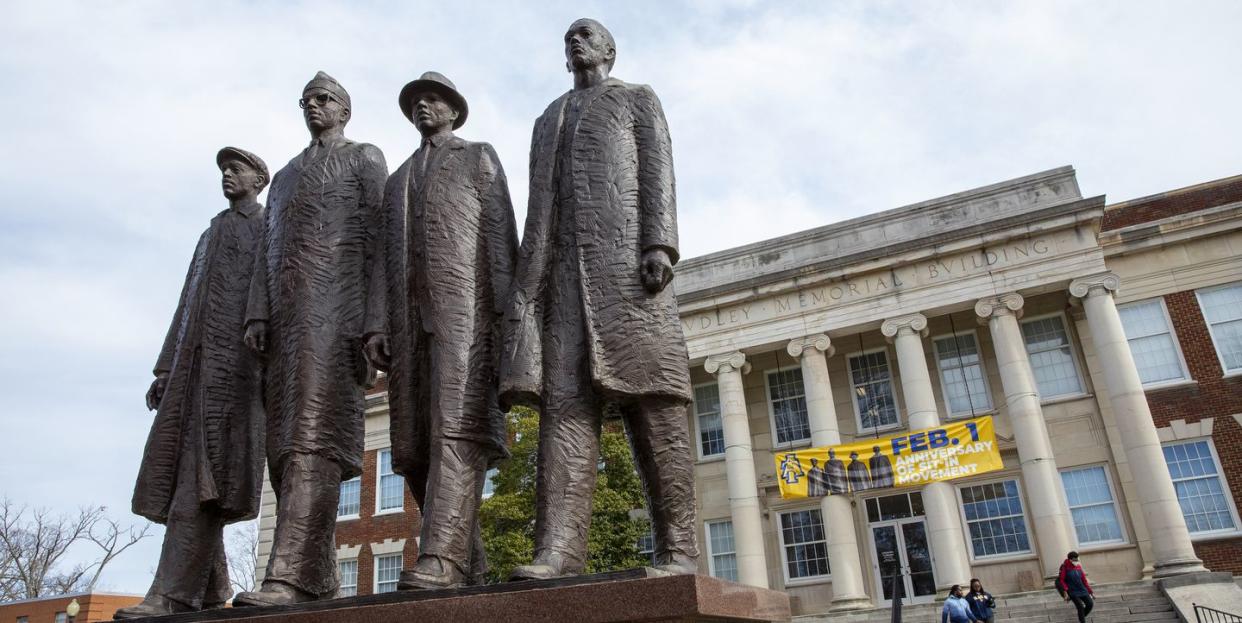
- Oops!Something went wrong.Please try again later.
"Hearst Magazines and Yahoo may earn commission or revenue on some items through these links."
On February 1, 1960, four Black men walked into the Woolworth’s general store in Greensboro, North Carolina, and changed the world.
Ezell A. Blair Jr., Franklin McCain, Joseph McNeil, and David Richmond bought toothpaste, notebooks, and other small items at different counters in the store, saving the receipts to prove they were paying customers. Then, they each sat down at the store’s lunch counter, which was designated for “whites only,” and tried to place their orders.
“We don’t serve Negroes,” they were told, according to the book American Places: Encounters with History. Black patrons at Woolworth’s were restricted to a separate standing snack bar. The men responded, “Well, you served us over there. Why not here?”
Blair, McCain, McNeil, and Richmond later became better known as the Greensboro Four, and what started as an idea for a nonviolent protest they had discussed in their college dorm room became one of the defining moments of the Civil Rights Movement and a catalyst for desegregation in public businesses.
Starting with a Conversation
The men who would become the Greensboro Four first met as freshmen at North Carolina Agricultural and Technical State University in 1959. The teens visited regularly in a dorm room and discussed a variety of topics, including their frustration with racial segregation and the challenges of living with dignity in Jim Crow South.
“We just got tired of talking about it and decided to do something,” one of the students said, according to The Sit-Ins: Protest and Legal Change in the Civil Rights Era by Christopher Schmidt.
After famously taking their seats at the local Woolworth’s lunch counter, the four opened their books and began to study while awaiting service that never came. They remained there all day. “They wouldn’t serve us, so we just sat there until the lunch counter closed, then we came on back to school,” McNeil said, according to Schmidt’s book.
Drawing National Attention
They returned the next day, and they weren’t alone.
This time, nearly 20 more students came with them and followed the same routine, buying small items before requesting service at the lunch counter. The next day, 60 students participated in the sit-in protest, according to American Places. The day after that, at least 100 people showed up; by some accounts, it was as many as 300.
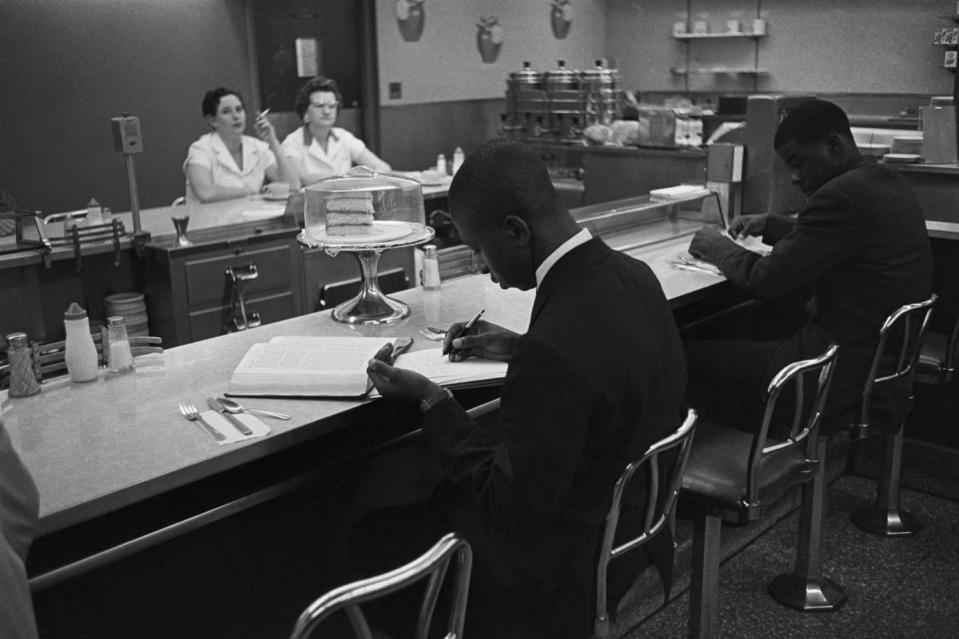
The protests attracted media attention, and soon the sit-ins were a national story. The protest method quickly spread to other cities across the South. Soon similar sit-ins were taking place in Charlotte, North Carolina; Richmond, Virginia; Nashville, Tennessee; Jackson, Mississippi; and other locations, according to Schmidt’s book.
Reaction to the sit-ins varied. In Greensboro, the Woolworth’s store manager did not ask the police to evict the protestors, but some white customers began harassing student protestors. According to the North Carolina History Project, white men spat on, threw eggs at, and verbally harassed them. In response, the students remained non-violent, so the authorities largely could not act against them. However, arrests did take place at sit-in protests in other cities, and over the next several weeks hundreds of protestors would be convicted of trespassing, disorderly conduct, loitering, and breach of the peace, Schmidt said.
Then-President Dwight D. Eisenhower was asked his opinion of the protests, to which he responded: “I am deeply sympathetic with the efforts of any group to enjoy the rights of equality that they are guaranteed by the Constitution. … If a person is expressing such an aspiration as this in a perfectly legal way, then I don’t see any reason why he should not do it.”
Creating Lasting Change
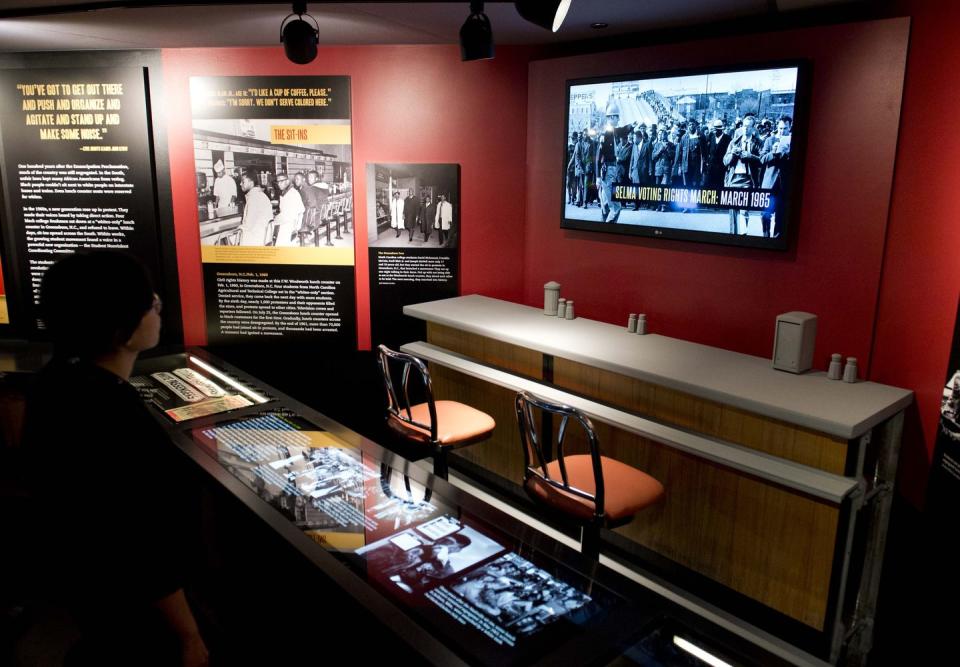
The non-violent nature of the protests drew praise, with some comparing it to the work of the famous Indian revolutionary Mahatma Gandhi. Schmidt also argued the repetitive nature of the sit-ins was a factor in their success, because it wore down business owners. It was also a format that was easy for protestors in other cities to duplicate, allowing the movement to rapidly grow, Schmidt said.
“It was predictable and powerful,” Schmidt wrote. “For those who experienced the sit-ins—whether participants, supporters, or critics—much of the wonder of the movement was that so many different people in so many different places were doing the same extraordinary thing.”
By July 1960, the Woolworth’s store in Greensboro was serving Black patrons, and that was only the beginning. The sit-in protests sparked by the Greensboro Four became one of the Civil Rights Movement’s great successes and helped lead to desegregation in public accommodations as mandated by the Civil Rights Act of 1964.
“Four unknown students in Greensboro had set in motion events that would move a nation,” Schmidt wrote. “Their quiet, bold act ignited the pent-up hopes and frustrations of young African Americans. A new chapter in the struggle for racial equality began, one that was more openly defiant, more participatory, and in many ways, more successful than any that had come before.”
But for the Greensboro Four, it all came back to that dorm room chat. “The thing that precipitated the sit-ins was that little bit of incentive and that little bit of courage that each of us instilled within each other,” one of the Four said, according to American Places.
What Happened to the Greensboro Four?
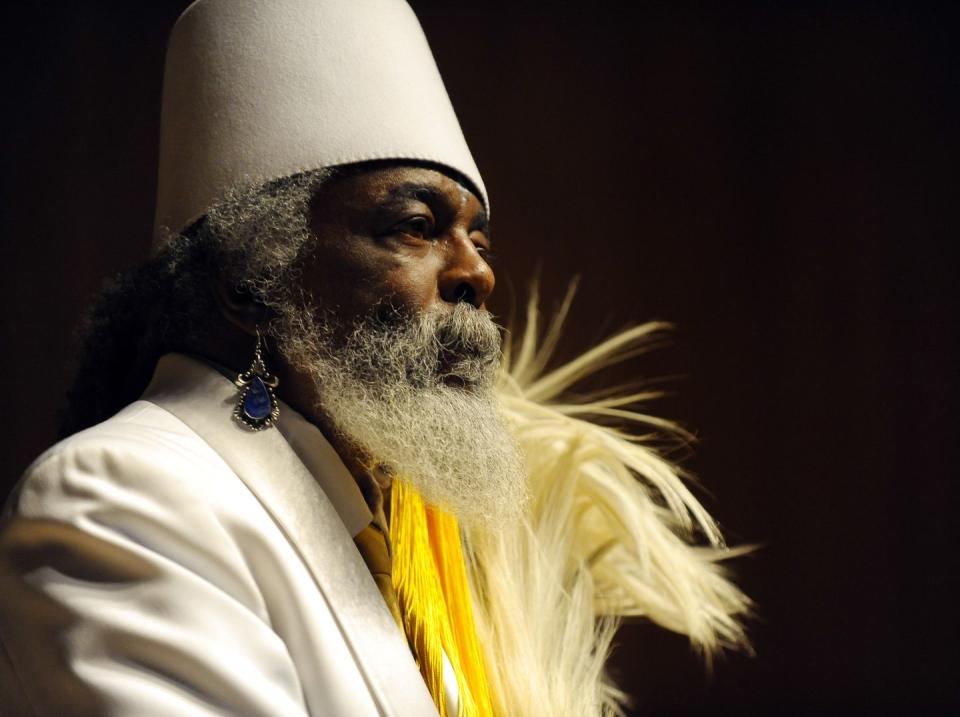
Ezell A. Blair Jr., 81, was the most hesitant of the Greensboro Four about the sit-in protests, and he sought advice from his parents before participating, according to BlackPast.org. In 1968, he became a member of the New England Islamic Center in New Bedford, Massachusetts, and changed his name to Jibreel Khazan. He works as a teacher and counselor for developmentally disabled people.
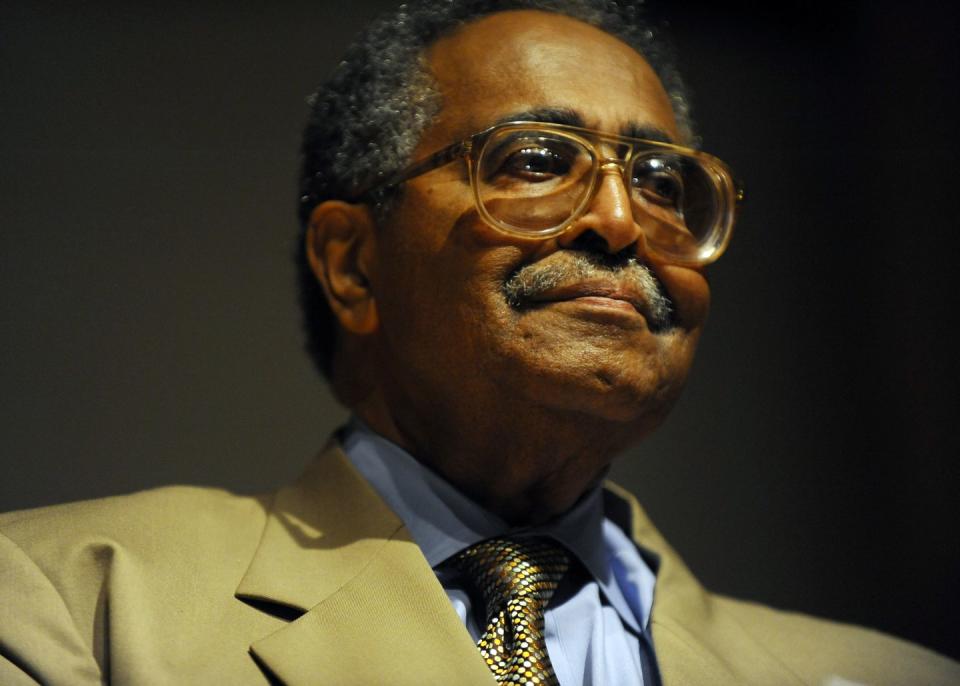
Franklin McCain earned a degree in chemistry and biology at North Carolina A&T and worked as a chemist and sales representative for the Celanese Corporation for about 35 years, according to The New York Times. He remained active in civil rights organizations and served on the board of his alma mater, as well as for Bennett College and the University of North Carolina. He died on January 9, 2014, at age 73.
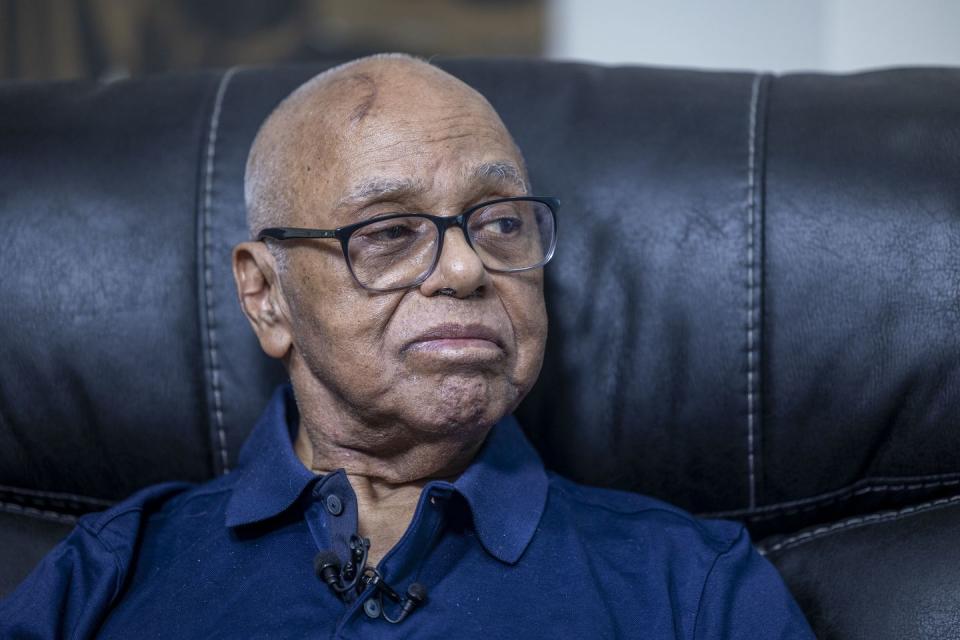
Joseph McNeil, 80, was commissioned as a second lieutenant for the U.S. Air Force through the Reserve Officer Training Corps program after graduating from North Carolina A&T. From 1964 to 1969, he served on active duty as a navigator of Boeing KC-135 Stratotankers, an aerial refueling aircraft. He also spent time in Southeast Asia flying Arc Lite support and Young Tiger missions. He retired from the Air Force Reserve in 2000 as a Major General.
David Richmond was the only one of the Four to remain in Greensboro after studying there. He tried for years after the sit-in to earn a degree but struggled with the schoolwork and left North Carolina A&T three credits short of his degree, according to the Greensboro News & Record. He was labeled a troublemaker due to the sit-in protests and had trouble getting work as a result. He died of lung cancer on December 7, 1990, at age 49.

